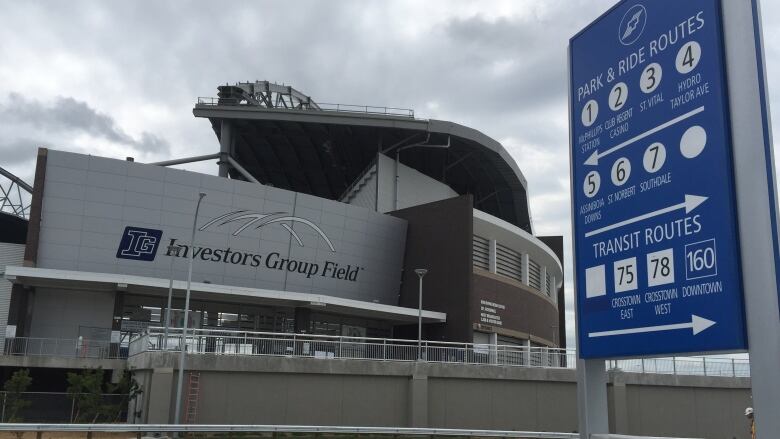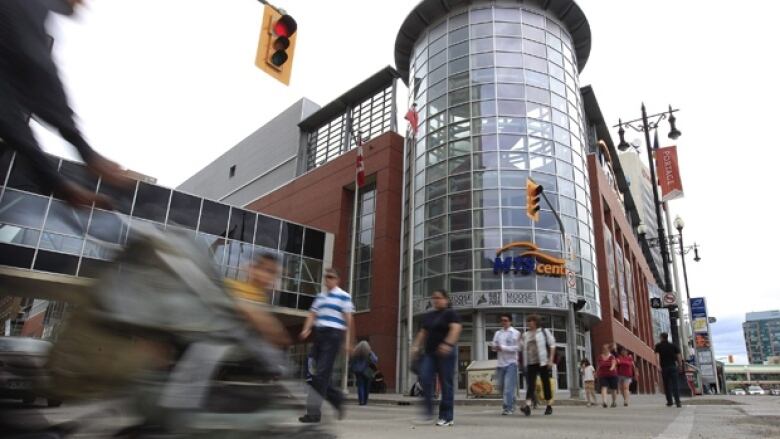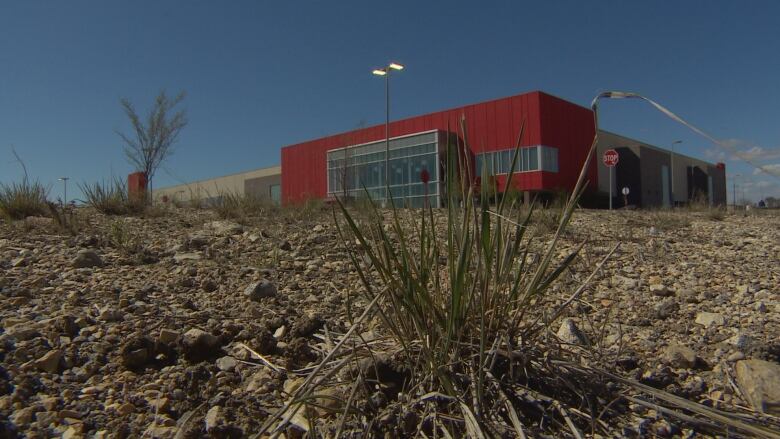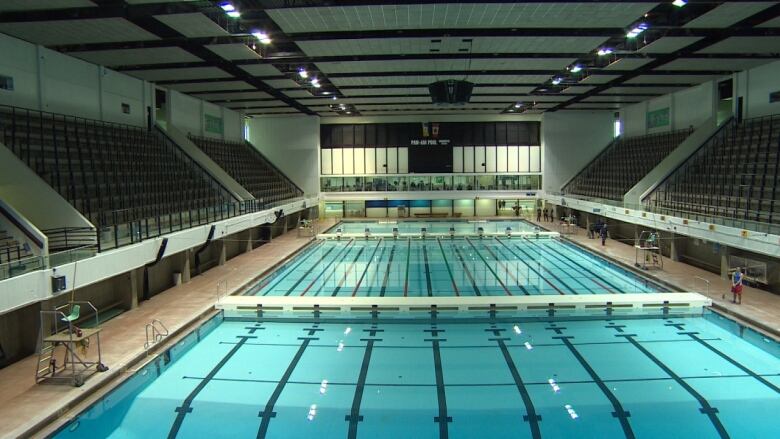In spite of fumble on funding for Winnipeg's stadium, public money for arenas can be a good investment
Focus on Investors Group Field this summer, but debate over Winnipeg sports infrastructure goes back decades

Cities depend heavily on an extensive network of public infrastructure to function efficiently and contribute to quality of life. We all want roads free of potholes, clean and safe water, hospitals, schools and other amenities that make everyday life better.
However, within the long list of public services, investments in mega projects like stadiums and arenas often result in extensive debate, especially when public dollars flow in under the guise of government-supported infrastructure investment.
The fundamental questions are: should taxpayers be on the hook for funding large-scale projects that are often viewed as primarily private initiatives? And what happens if such ventures lose money?
Winnipeg, like many other North American cities, wrestled extensively with these very questions.
Earlier this summer, the University of Manitoba a publicly-funded institution acknowledged there's little chance it will recover roughly $118 million owed from a loan to build the Investors Group Field stadium, and the province is responsible for the shortfall.
But the debate here goesback to 1950s.
A decades-old old debate
At the time, the Winnipeg Stadium was a public asset and managed by the Winnipeg Enterprises Corporation. The WEC, established in 1952, had a mandate to support and grow sport operations through the development and management of facilities.
WEC would go on to build and control the Winnipeg Arena as well. However, between the 1950s and the demise of WEC in 2004, there was furious debate in Winnipeg about ownership, management and control of facilities, as well as revenue sharing.

For those who remember the turbulent 1990s, the ongoing challenge of funding hockey and covering loses of Winnipeg's NHL team resulted in lines being drawn in the sand, with Portage and Main often becoming the rallying point for the "save the Jets" campaign.
We all know too well that the debate over keeping the team in the city rested on building an arena, expanding the revenue base and ultimately dismantling WEC.
Job creation, quality of life
Infrastructure investments are critical to the economy, creating jobs while also improving quality of life.
Investments on the federal scale are massive, with the current government earmarking a staggering $180 billion over the next 12 years.
While this number is seemingly enormous, the Canadian Infrastructure Report Card a report compiled by the Canadian Construction Association, the Candian Public Works Association, the Canadian Society for Civil Engineering and the Federation of Canadian Municipalities points out that over a third of core infrastructure assets are in poor to fair condition, requiring billions to repair and replace what we have built over the last number of decades.

To put this in perspective, the Province of Manitoba has over 20,000 kilometres of roads to maintain, along with 21,000 bridges and culverts. In the city of Winnipeg, there is a projected $6.9-billion deficit from aging roads, sewers, transit systems and civic buildings and parks.
This brings us to the question of stadiums and arenas.
Lots of government-funded arenas
In Winnipeg, government has invested in both over the years.
There is little question that the arena project contributed to the substantive momentum in downtown revitalization that has seen billions in new investment over the last decade plus. Our downtown is now a much better place, with many more people living and visiting the area than before the arena was built.
The stadium deal also had the intent of allowing for the redevelopment of the old stadium site at Polo Park, while helping create a new anchor facility at the University of Manitoba.

The flow of revenues from redevelopment was to help balance the costs of the stadium, but has thus far fallen short.
When looking across the country, and more broadly in the United States, there is no shortage of stadium and arena projects funded by government.
In Canada, this includes major investments in stadiums in Vancouver, Regina, Hamilton and Ottawa, and arenas in Edmonton and Quebec.
For Quebec City, the hope is the $400-million investment in itsarena, which opened in 2015,will help attract an NHL franchise.
South of the border, stadium deals have continued to draw billions of public dollars while sparking many debates on the merits of funding wealthy team owners. Interestingly, many stadium deals have been put to public votes, with somefailing to achieve support.

While Winnipeg's current stadium operations face significant funding difficulties, it is important to acknowledge it remains a great asset that has attracted world-class events. However, what was fumbled is the fact that taxpayers may be on the hook for too many costly turnovers.
Public investment in professional sport infrastructure raises many questions, such as those surrounding the current stadium debate.
But it's important to acknowledge that our city has benefited greatly from a number of amateur facilities, such asthe 51-year-old Pan Am pool, which is an excellent example of how government investment can serve the public good over the long term in this case helping thousands learn to swim, while supporting the development of athletes over the past number of decades.
Perhaps it's sink or swim on the current situation, butmy thought remains it's time to dig deeper into the playbook to avoid a Hail Mary pass.
This column is part of CBC's Opinion section. For more information about this section, please read this editor's blog and our FAQ.












_(720p).jpg)


 OFFICIAL HD MUSIC VIDEO.jpg)
.jpg)



























































































